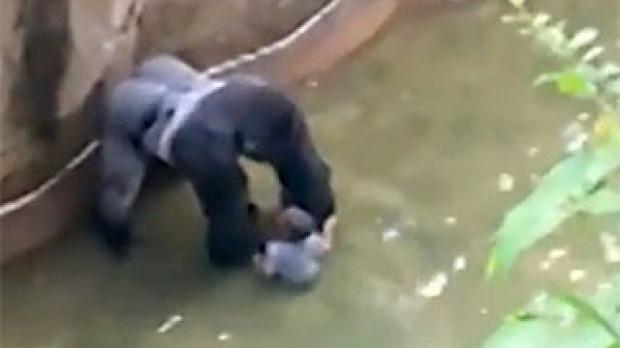More experts have weighed on the death of 17-year-old gorilla, Harambe, after it was shot when a 3-year-old child fell inside his cage last week.
Animal ethologist Marc Bekoff has questioned whether western lowland gorillas like Harambe should be in zoos to begin with. He said, according to Scientific American:
“In all, Harambe’s freedoms were taken from him the moment he was born into captivity and his protection taken from him when his space was violated by human activities. While it’s most likely that Harambe and other animals kept in cages in zoos would prefer to be free, it’s also likely that he viewed his cage as his home and felt safe in familiar environs. Let’s remember in head and heart that Harambe was killed for being forced to live in a cage for the benefit of others, not his own.”





